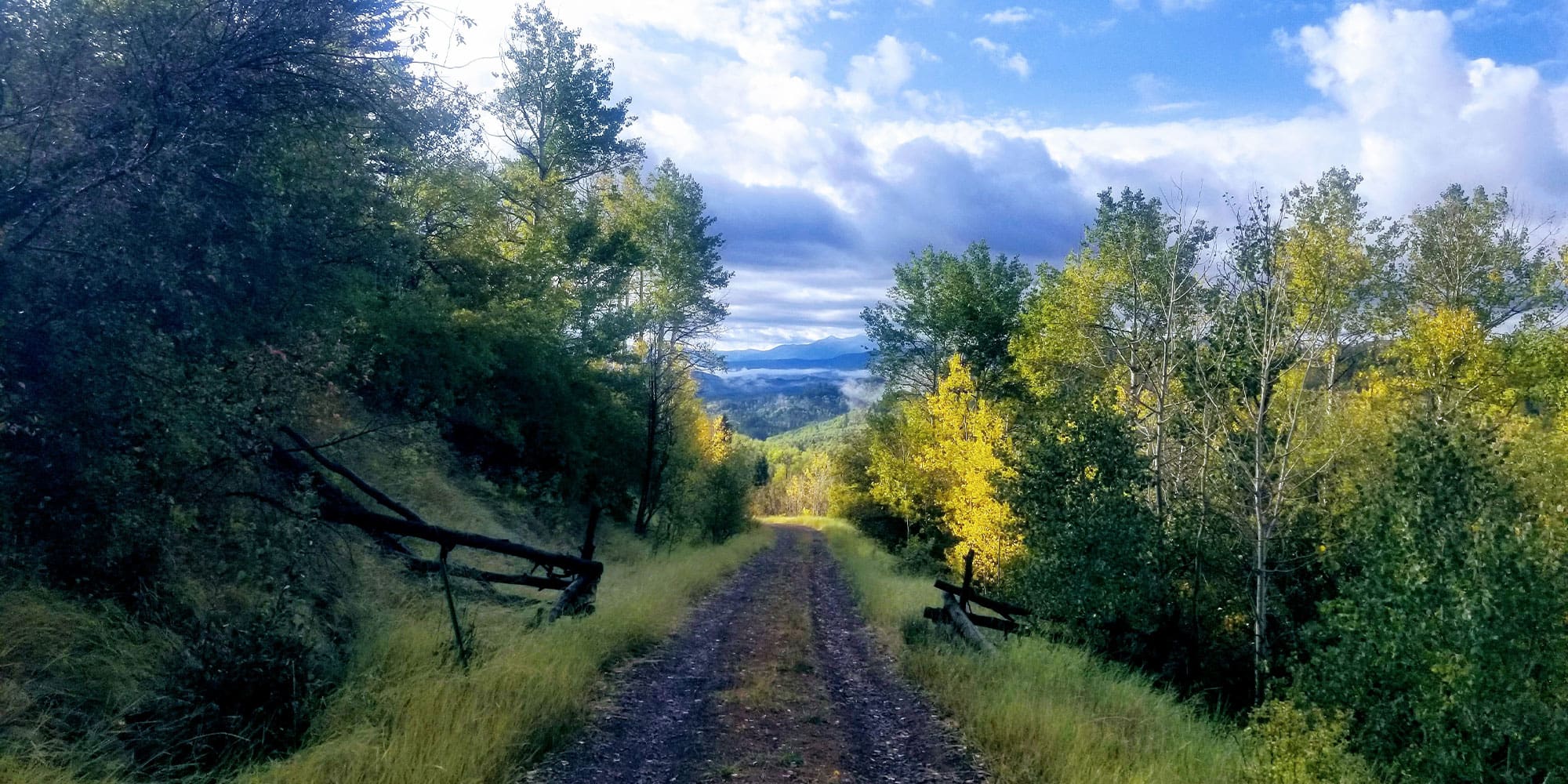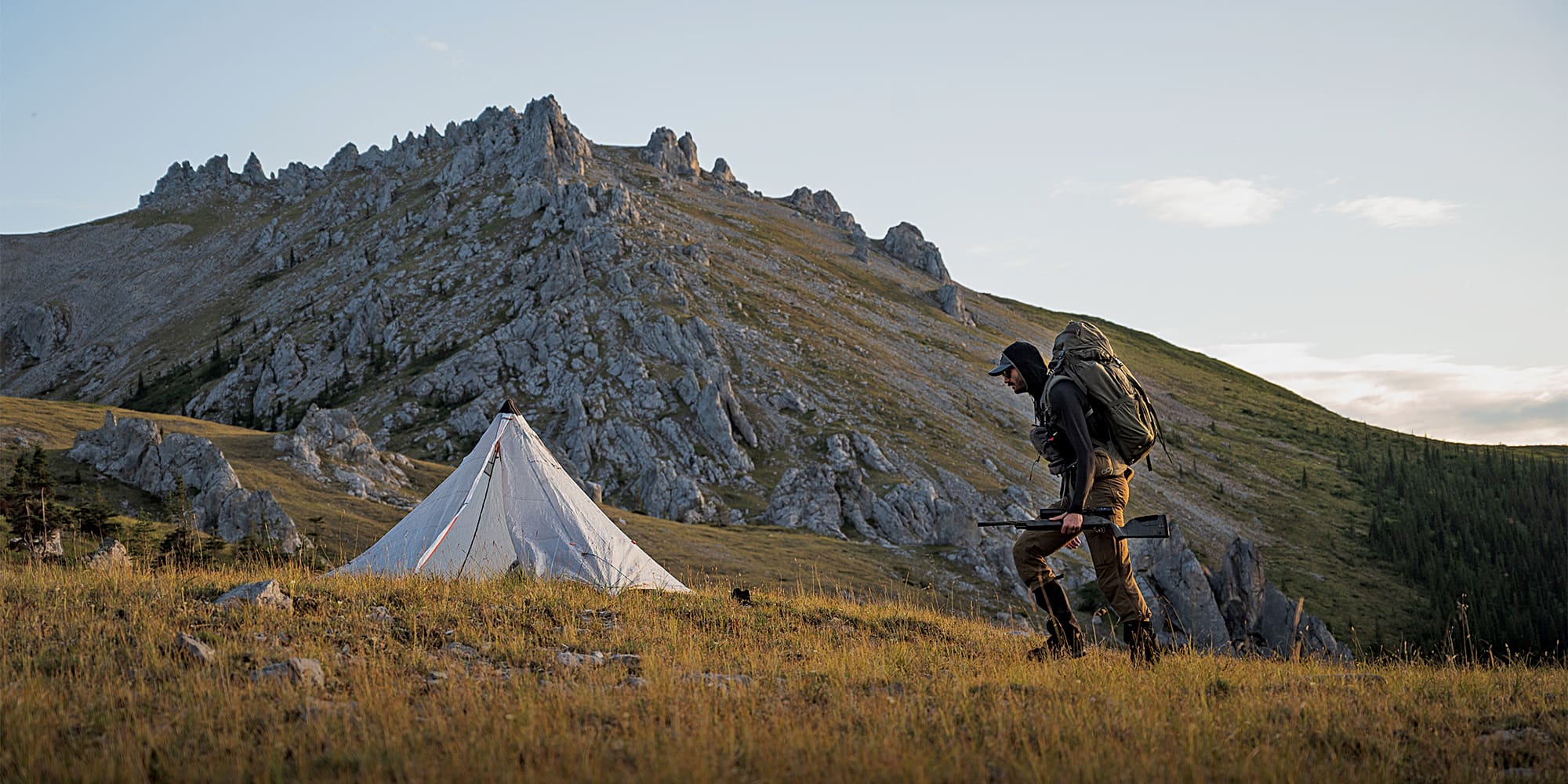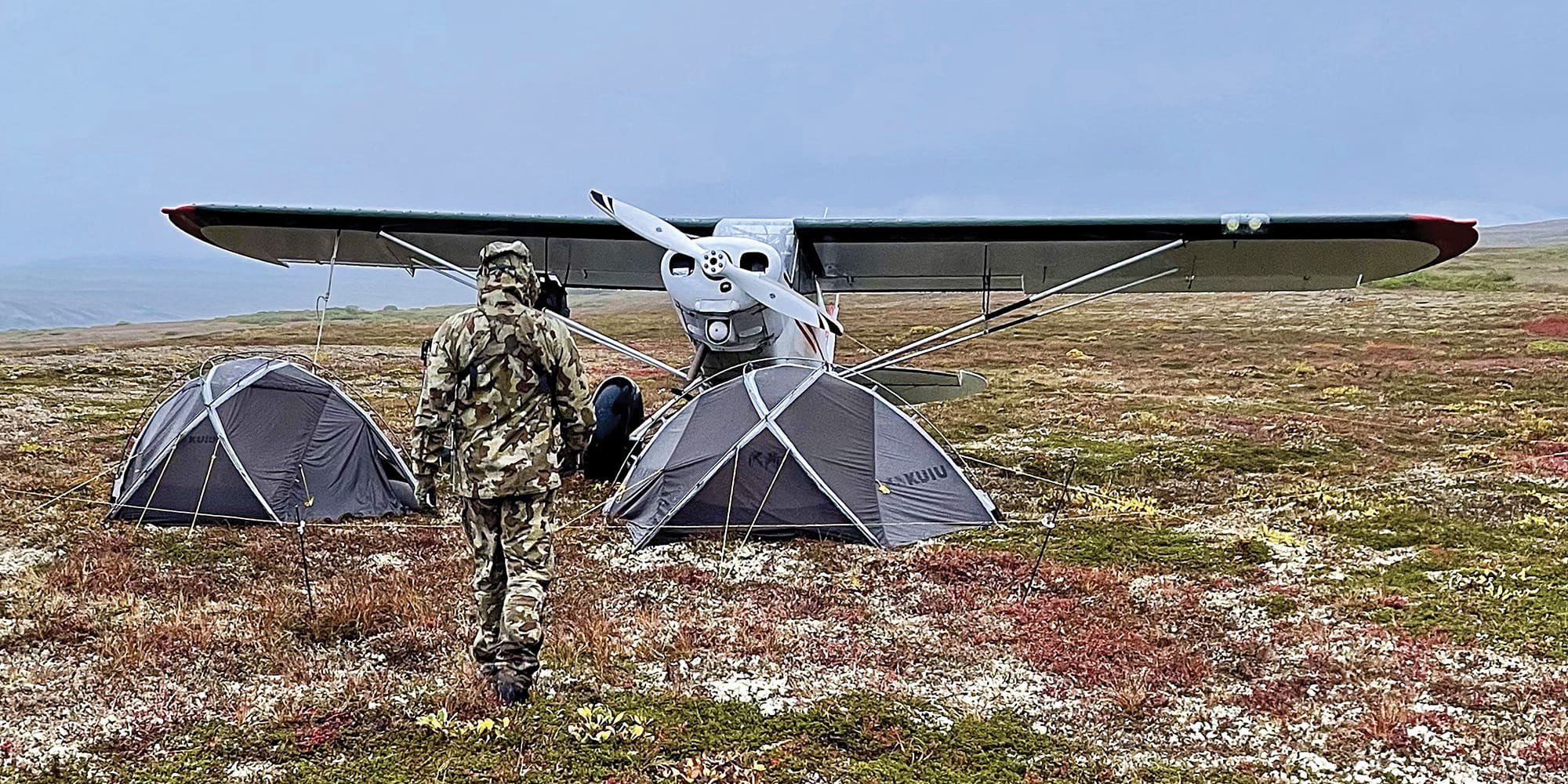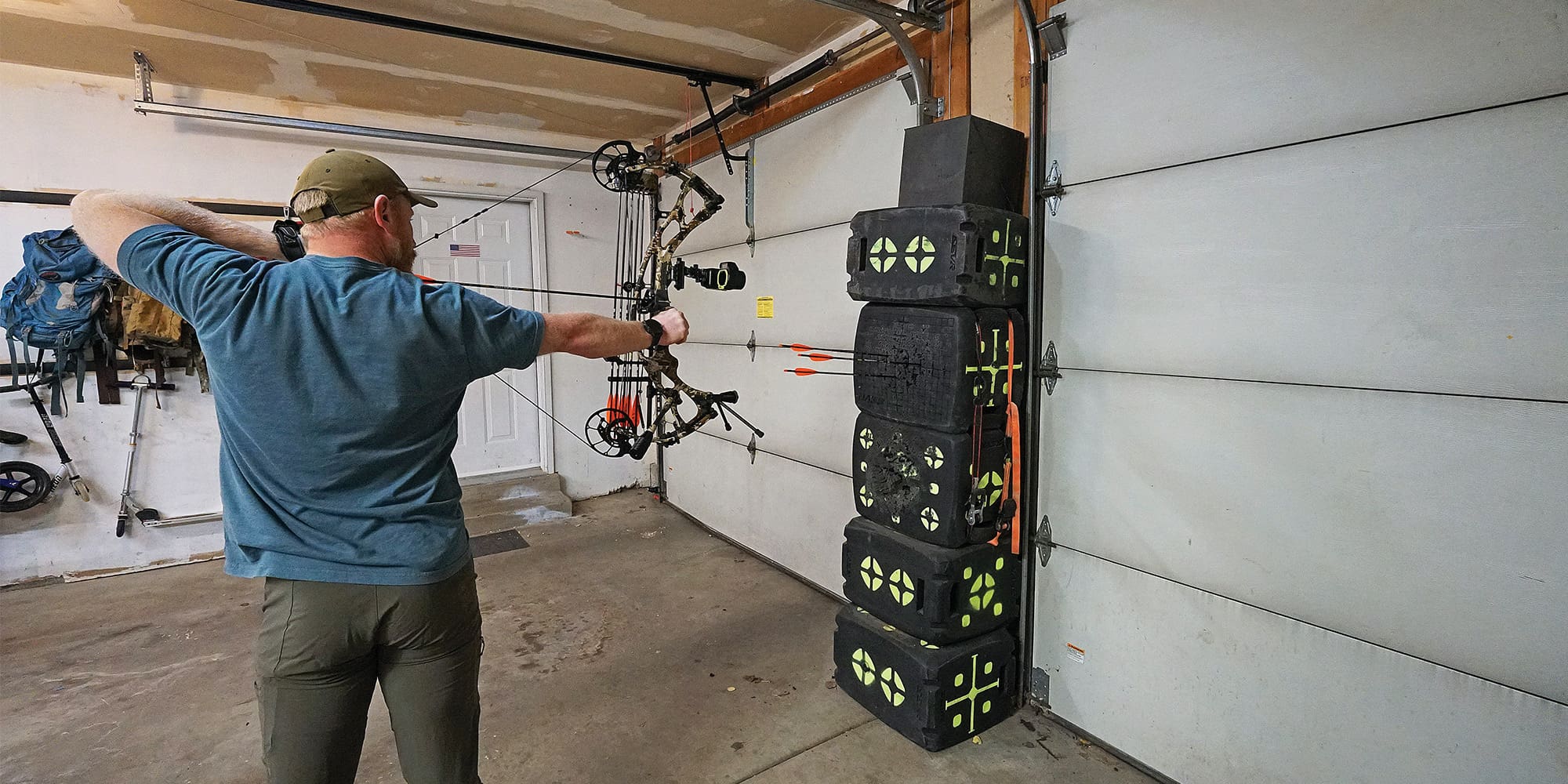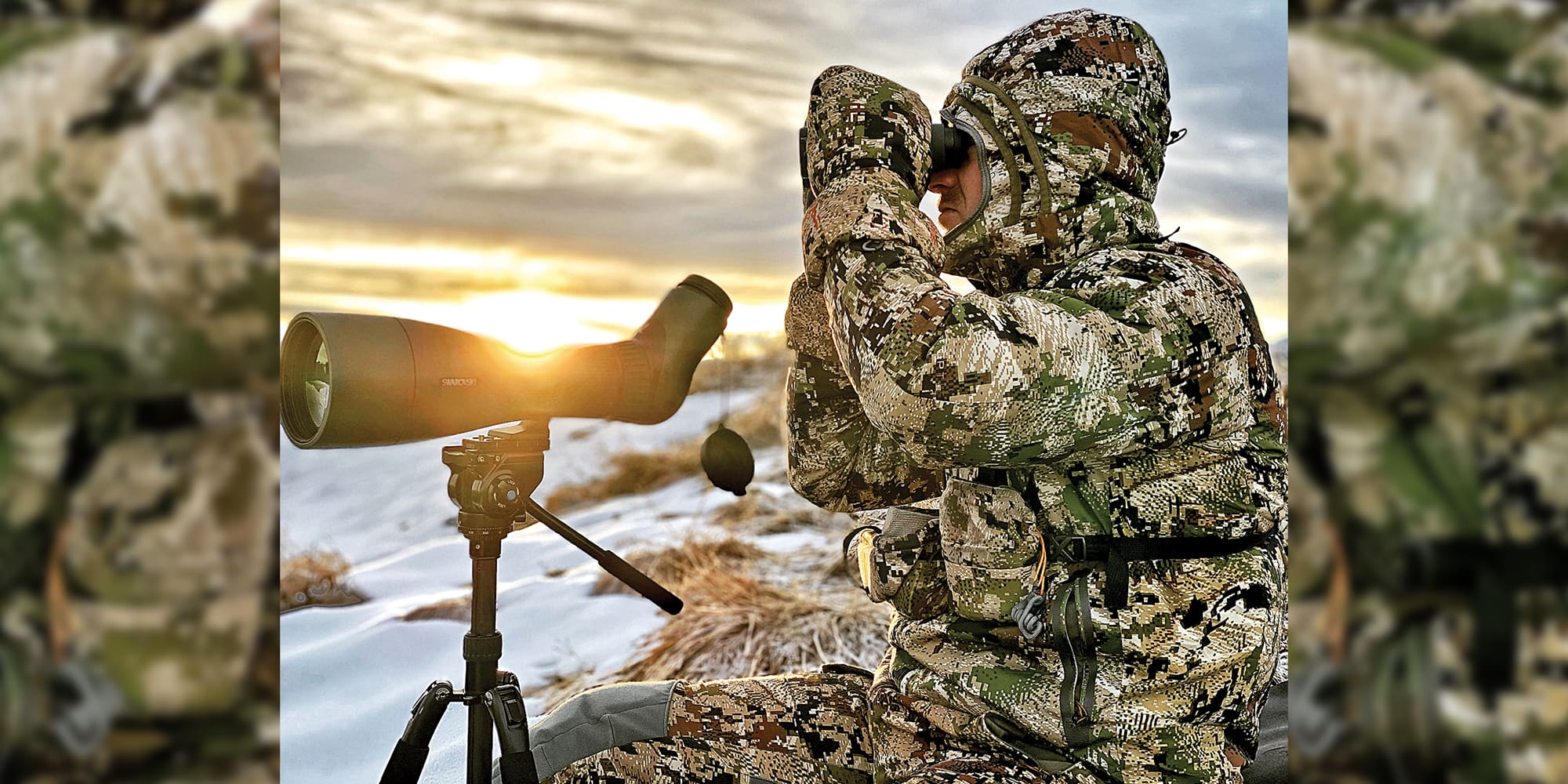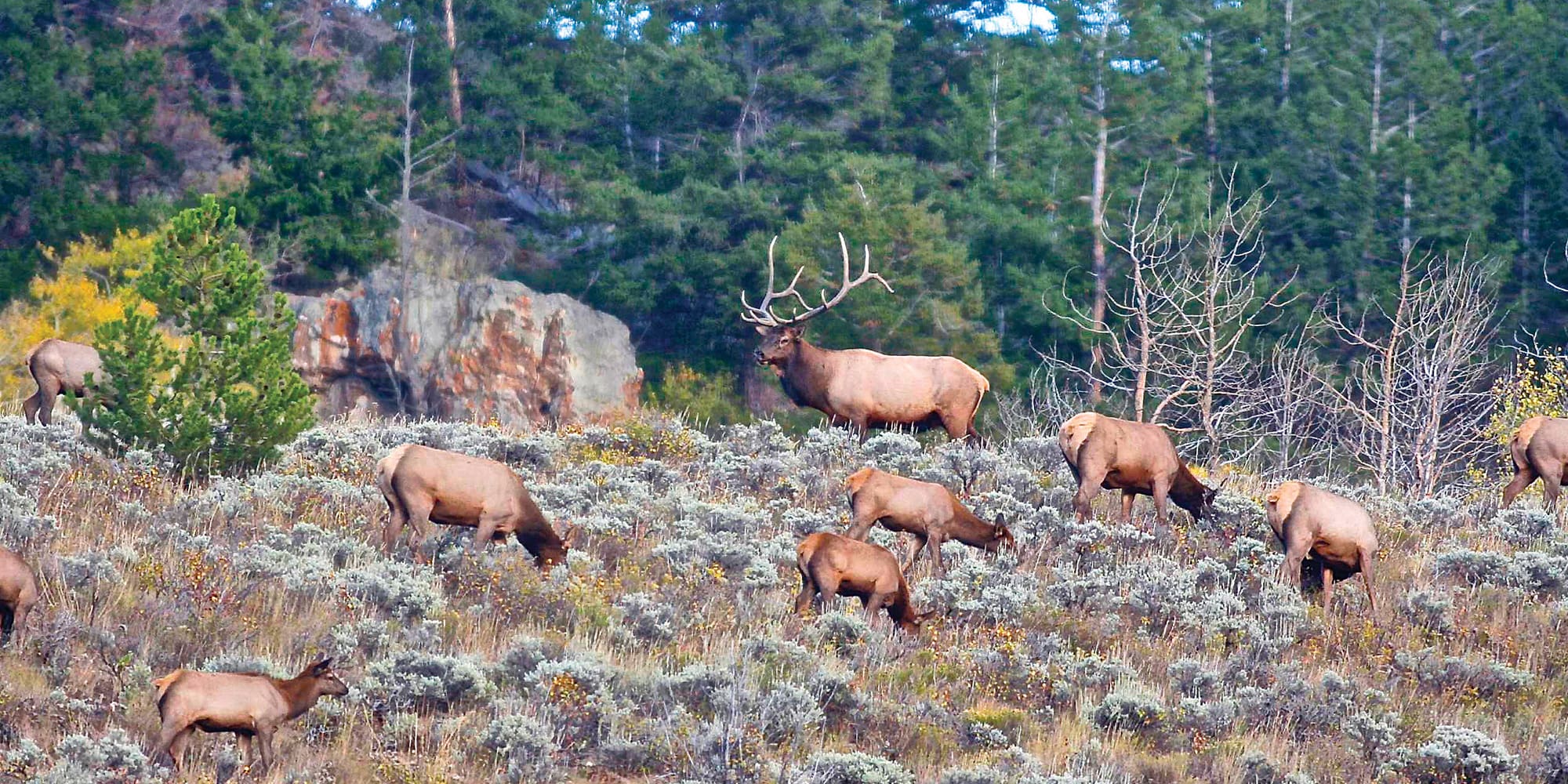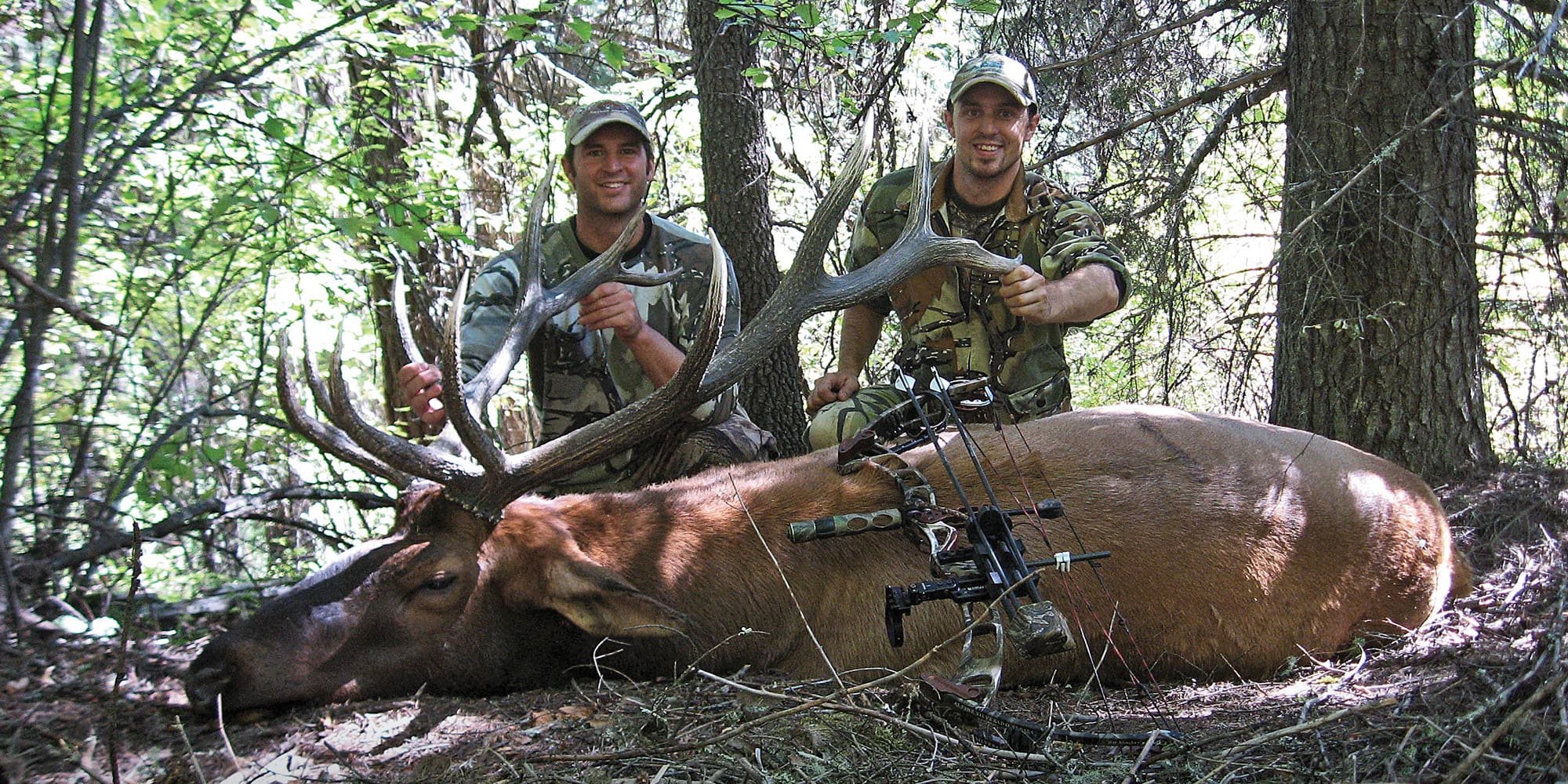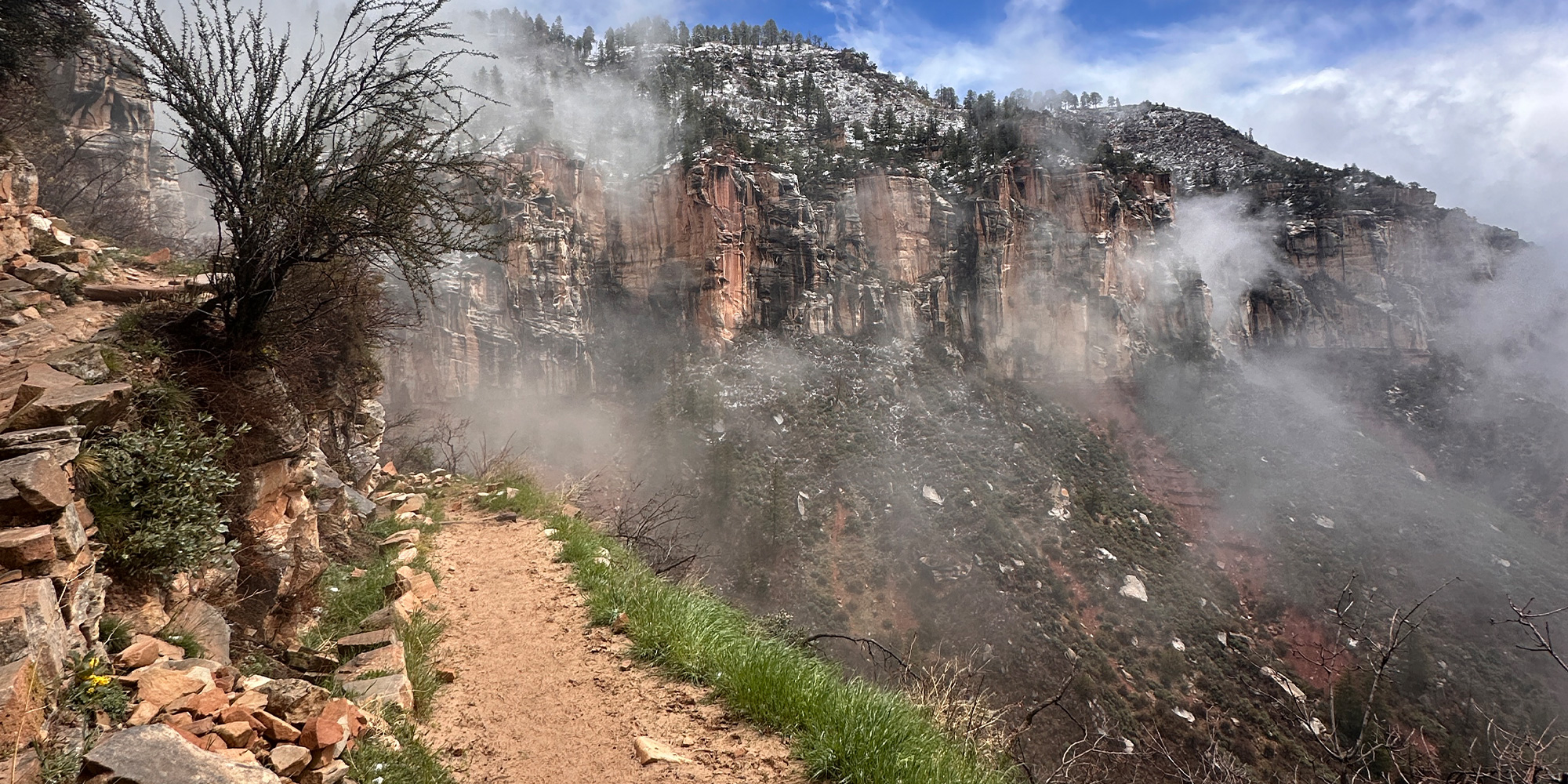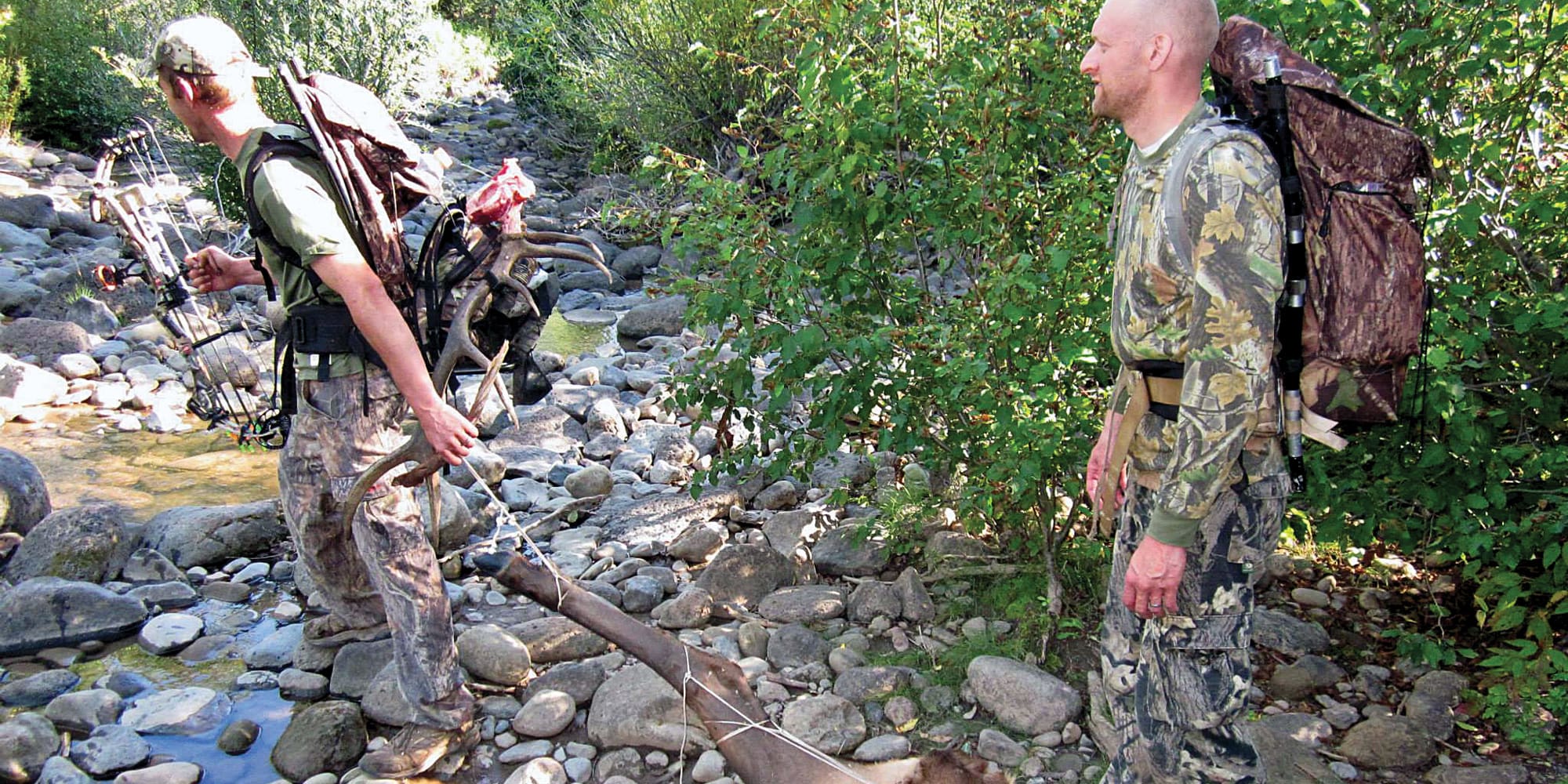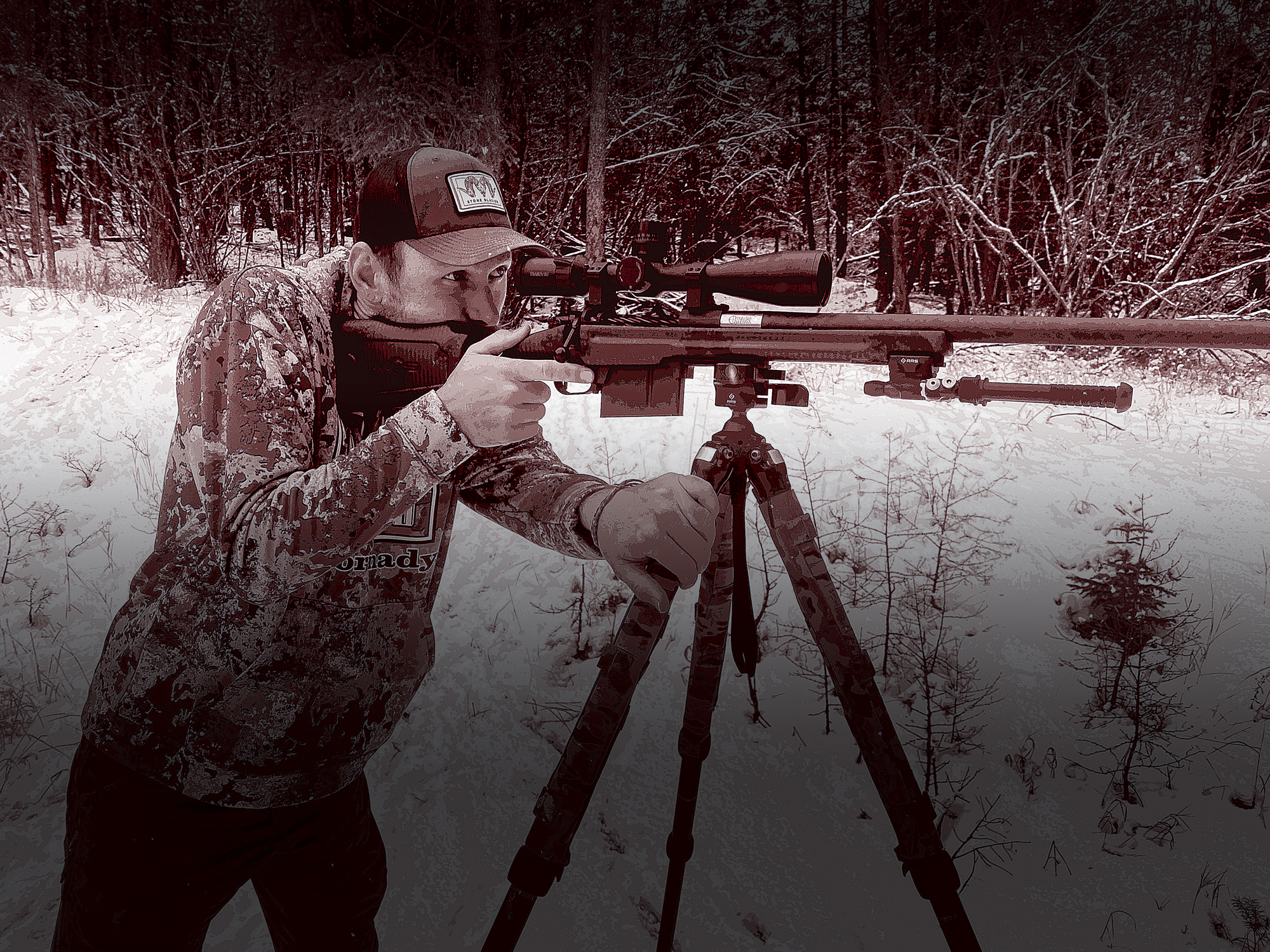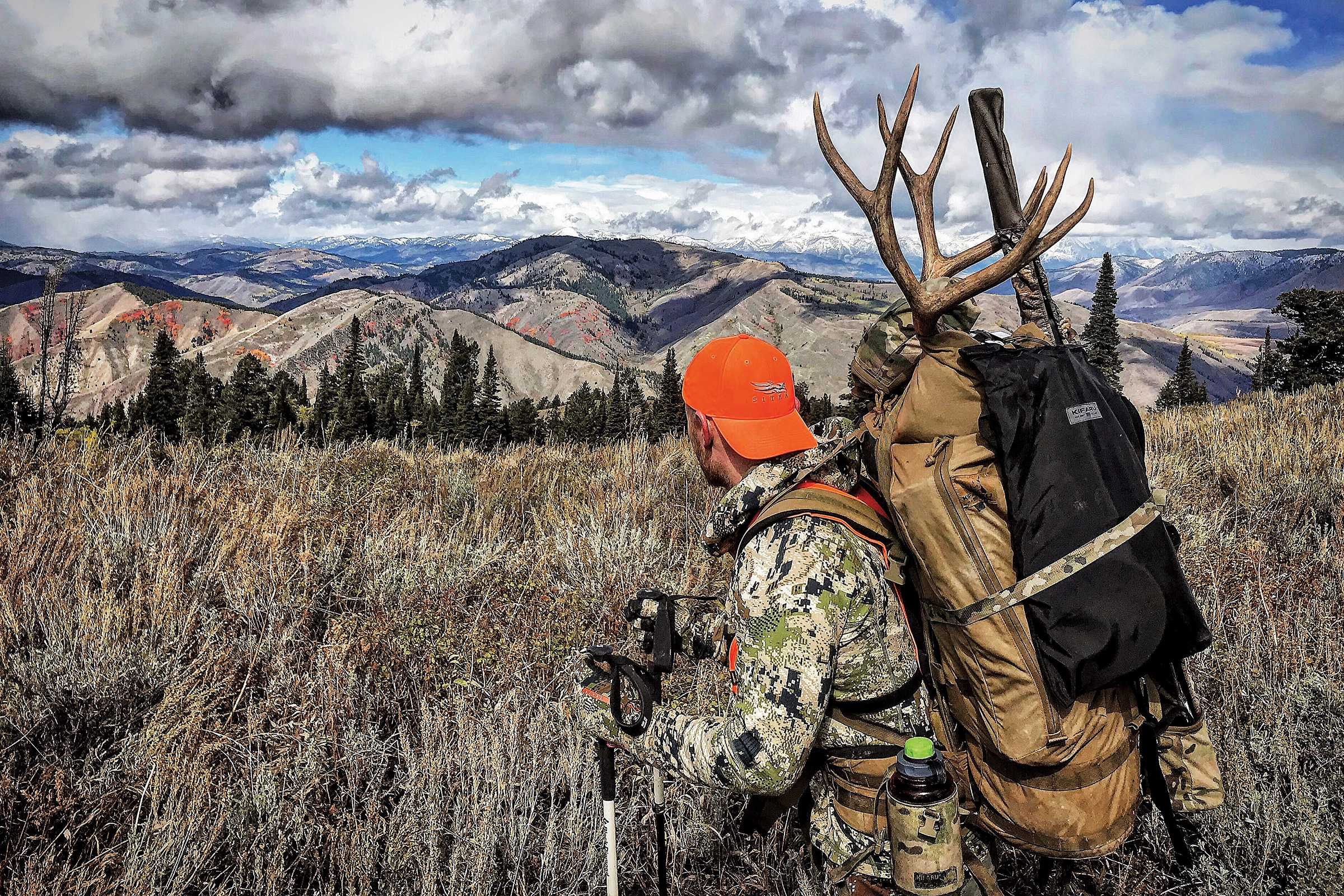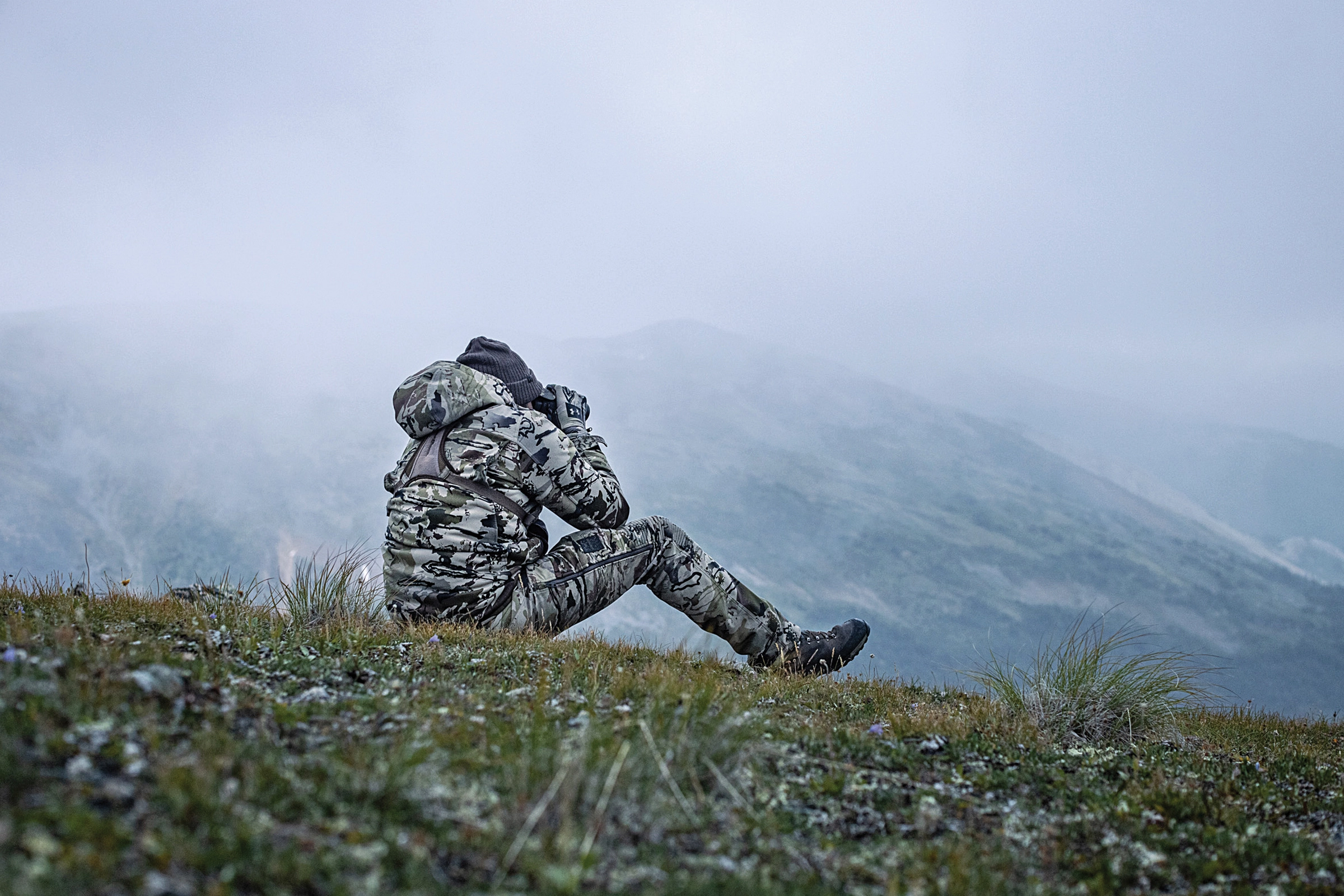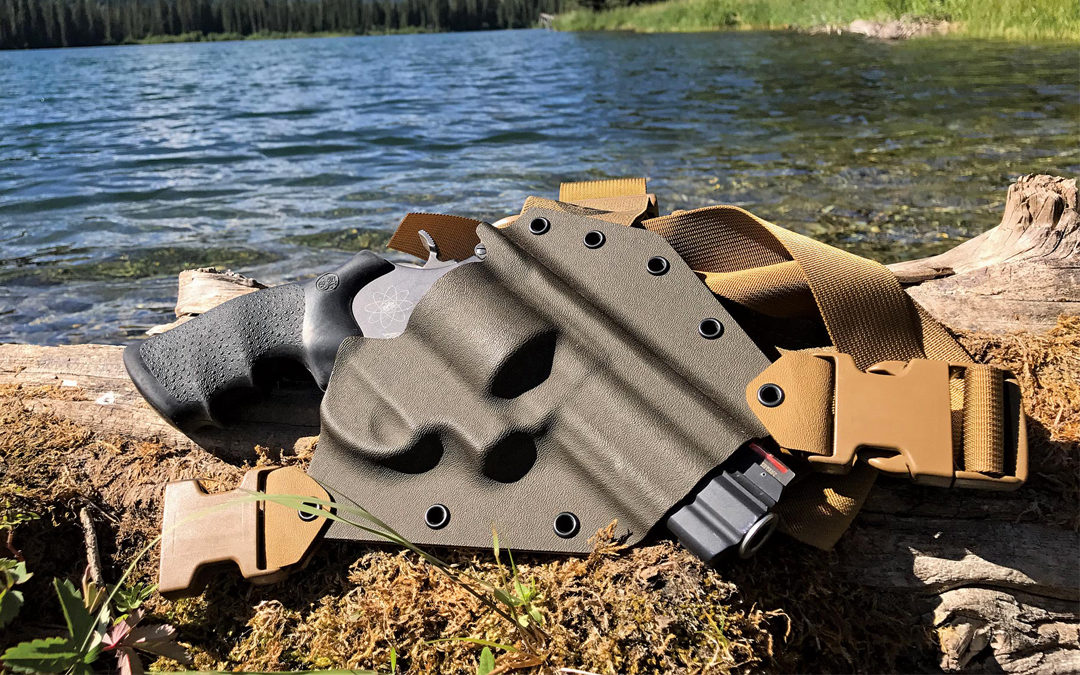
NOTICE: Certain links on this post may earn a commission for Western Hunter Magazine from Amazon or our other affiliate partners when you make a purchase. Thank you for your support.
It's Worth Carrying
I often hear the excuses made by hunters who make the conscious decision not to carry a sidearm to defend themselves while hunting. There is no question predator numbers are on the rise across the West, and this is not limited to the four-legged varmints. With human trafficking and marijuana grows on the rise, your odds of walking into the middle of a bad situation increase with every trip. It’s an odds game. The more time you spend in the woods, the more likely you will encounter a potential threat to your well being. Whether you hunt along our southern or northern border, law enforcement agencies are seeing a rise in illegal border crossings by foreign nationals that are only here with ill intentions. Choosing not to carry a sidearm could be the difference between a successful trip and a disaster with fatal consequences.
As a full-time law enforcement officer, I see the violent acts committed every day in my community and across the US. I would venture to guess that 80-90 percent of the assaults would be deterred if the victim were simply carrying a personal defense weapon. The sight of an armed citizen alone is enough to ward off would-be attackers. While the larger populated cities see the highest number of homicides in the country, you are living under a false sense of security if you think your gated subdivision or remote deer camp is immune from violent acts. While I do feel safer 10 miles into the backcountry than I do in the middle of a city, you still have to get from point A to point B.
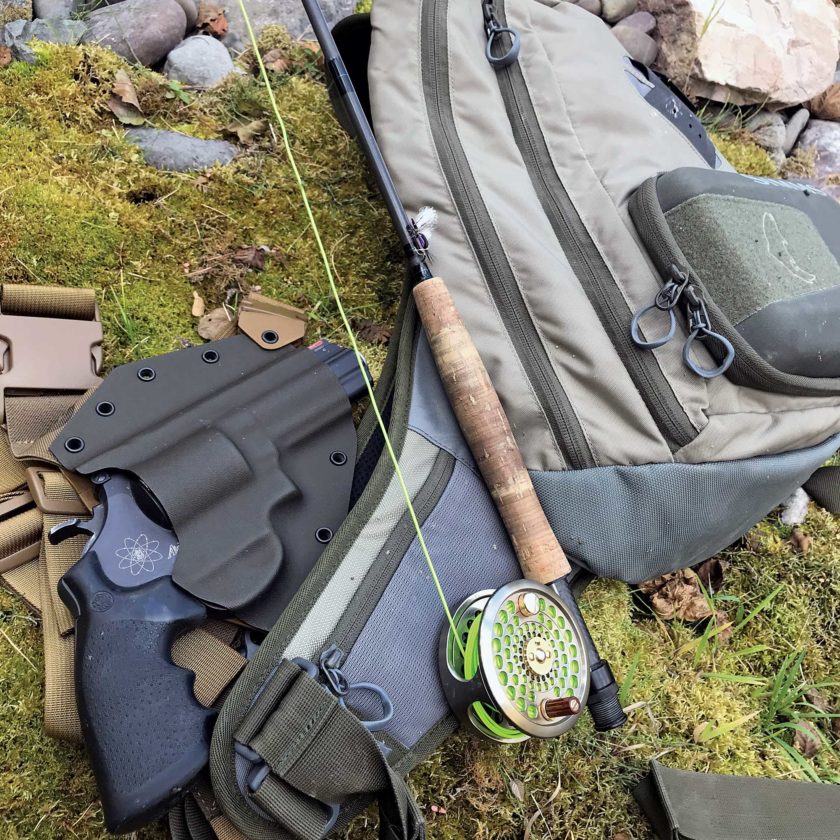
Caliber Selection
Carrying a sidearm, regardless of caliber selection, increases your odds of survival while hunting. I am a true believer in the theory of “better to have and not need than to need and not have.” With the argument of extra weight being the biggest culprit for hunters not choosing to carry a handgun, we will start there. One of the most common EDC (Everyday Carry) pistols currently is the Glock 43 in 9mm. With a magazine capacity of 6 rounds plus one in the chamber, the G43 weighs 16 ounces unloaded.
For those that think the 9mm doesn’t have enough “knockdown power,” we can look at the infamous .44 magnum. I personally carry a Smith & Wesson 329PD chambered in .44 magnum when in the woods. This revolver weighs in at 22.5 ounces unloaded. Whatever you choose to carry, be sure to practice with the sidearm regularly.
I often hear people say that a .44 mag or a 10mm is the minimum for stopping a charging grizzly. I always ask, "do you know anyone that has personally stopped a charging grizzly with said firearm?” I have yet to find someone or any factual data that supports a charging grizzly was stopped by a .44 mag or a 10mm.
While the energy created from both cartridges is impressive, the proper response is to carry what you can comfortably shoot accurately and quickly. If that’s a 9mm, then I would bet my best rifle that you’re going to have higher odds of success with that 9mm in a self-defense shooting scenario, regardless of the species of the attacker. Regardless of caliber, you must train with the sidearm from the holster regularly to be proficient.
Guns Don’t Shoot Themselves
The ability to accurately place bullets on your intended target is a direct result of your training. Just carrying the sidearm is only part of the equation, you must train regularly from the holster to build a natural process in your draw, presentation and manipulation of the weapon. This is achieved through a series of dry-fire practice sessions followed by live-fire training.
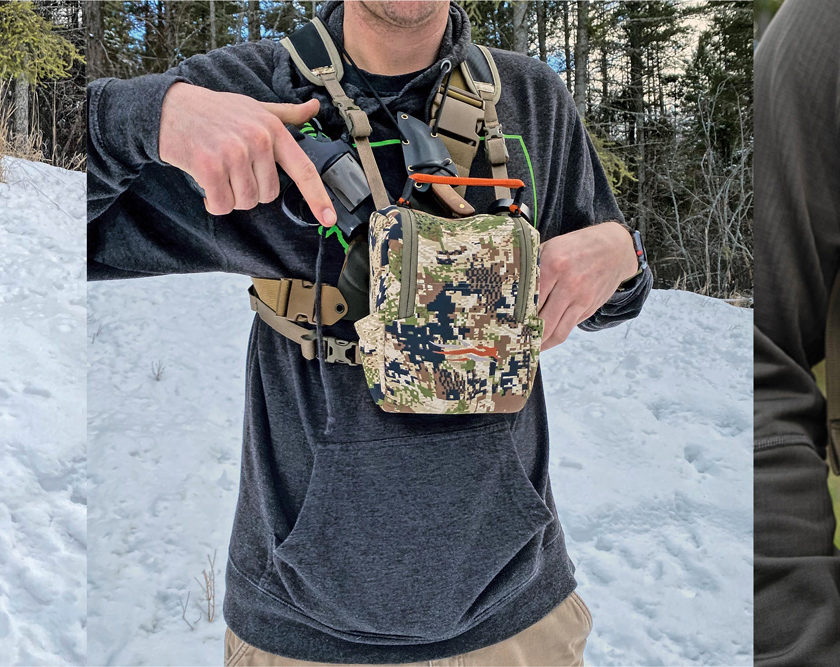
My typical routine is 10-15 dry-fire reps for every single round fired in training. Dry-fire training is very cost-effective and can be done in your garage when done safely. BE SURE to always conduct dry-fire training with an unloaded weapon, and no ammunition or loaded magazines in your presence.
Practice drawing the weapon and aligning the sights with your eyes with your focus on your target. Getting into a routine of dry-fire practice will pay huge dividends on the range and in the field. As a firearms instructor, I always tell my guys, "Dry-fire training is your practice and live-fire training is your test. If you have done your homework, the test is easy.”
Toughen Up and Carry It
As for the weight argument, if I hand you one pack that weighs 50 lbs and one that weighs 48.5 lbs, can you tell the difference? The idea that ounces equal pounds and pounds equal pain is the lamest excuse I have ever heard. Most hunters shave weight where they can for understandable reasons, but ditching a sidearm is the one area I will argue it shouldn’t be shaved. On the subject of packs, the bottom of the pack is not the place to carry your sidearm. It needs to be on your person at all times, even when you drop your pack to filter water in the creek or take a stretch break.
Gunfighters Inc. offers chest holsters that fit perfectly under almost every bino harness on the market. This holster offers the hunter a lightweight option with an ultra-fast draw for your chosen sidearm without a bulky holster hanging off the side of your backpack waist strap. FHF Gear also offers a Razco holster that attaches to the bottom of their very popular bino harness. It keeps the holster close to the body and offers a secure method of carrying your sidearm. I personally carry a Gunfighters Inc. Kenai chest holster with my Smith & Wesson 329 due to the high numbers of Grizzly bears in my area. When I hunt anywhere without Grizzlies, I opt to carry a Glock 43 or 48 in a Kenai chest holster.
With Grizzly bear numbers on the rise, your chances of a bear attack increase when hunting in northern states. Keeping a sidearm on your person could be the difference in the survival or yourself or your hunting partner. I’m sure if we could learn something from the unfortunate loss of life in the field from those unarmed or unprepared souls, it would be to be more prepared for a tragic event. For the upcoming fall season, do yourself and your family a favor. Add a sidearm to your gear list. It’s the cheapest insurance.


